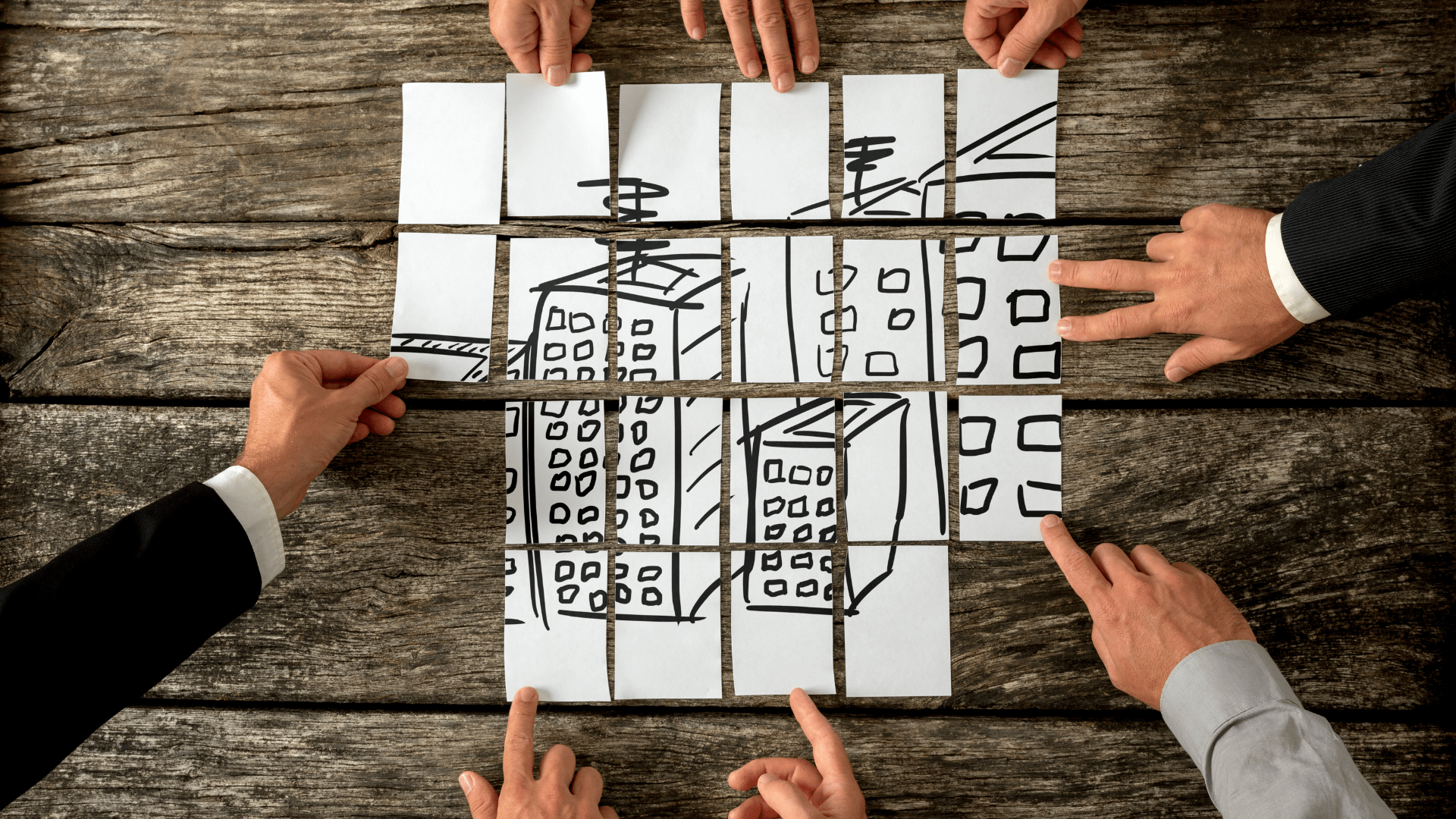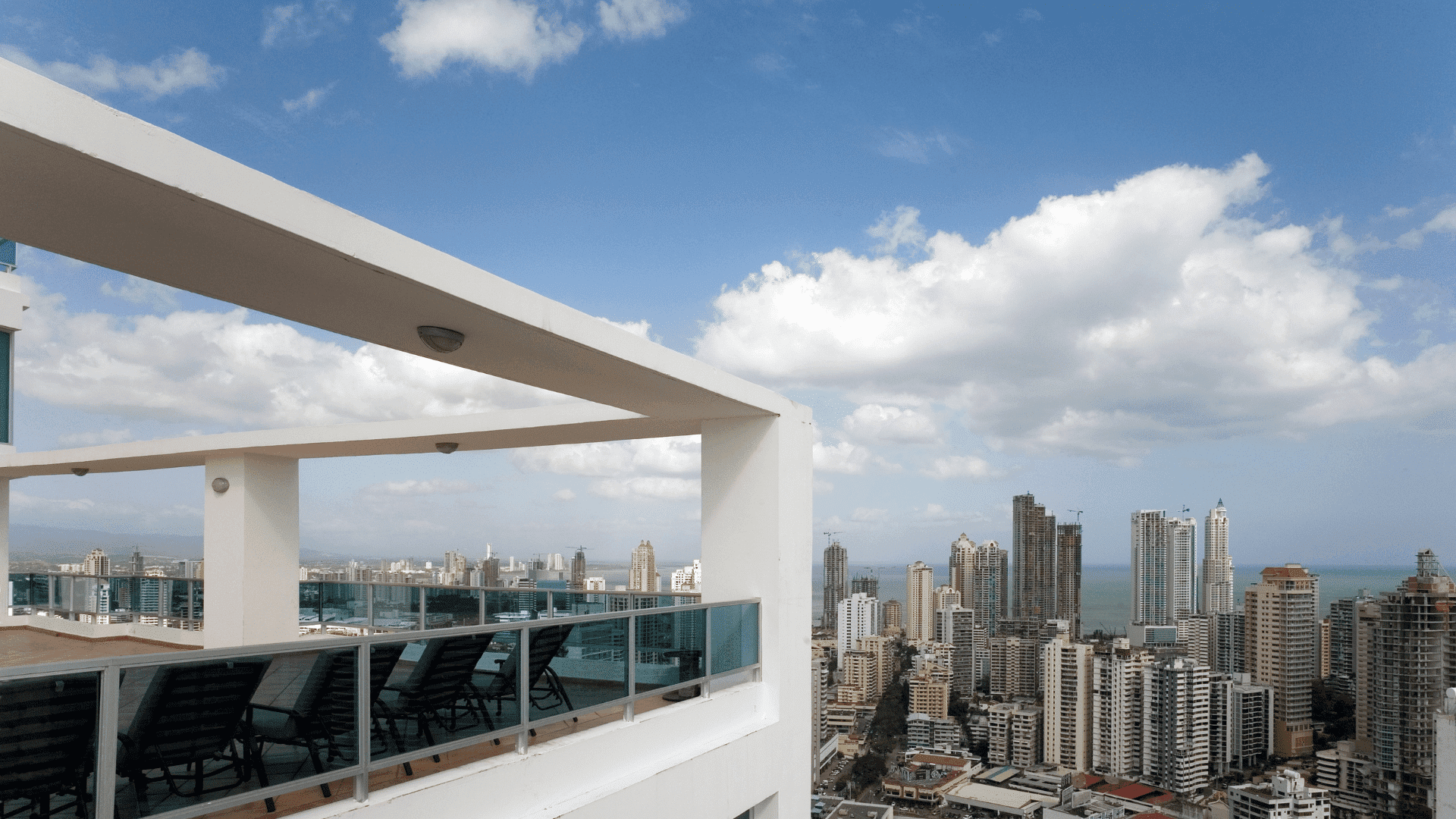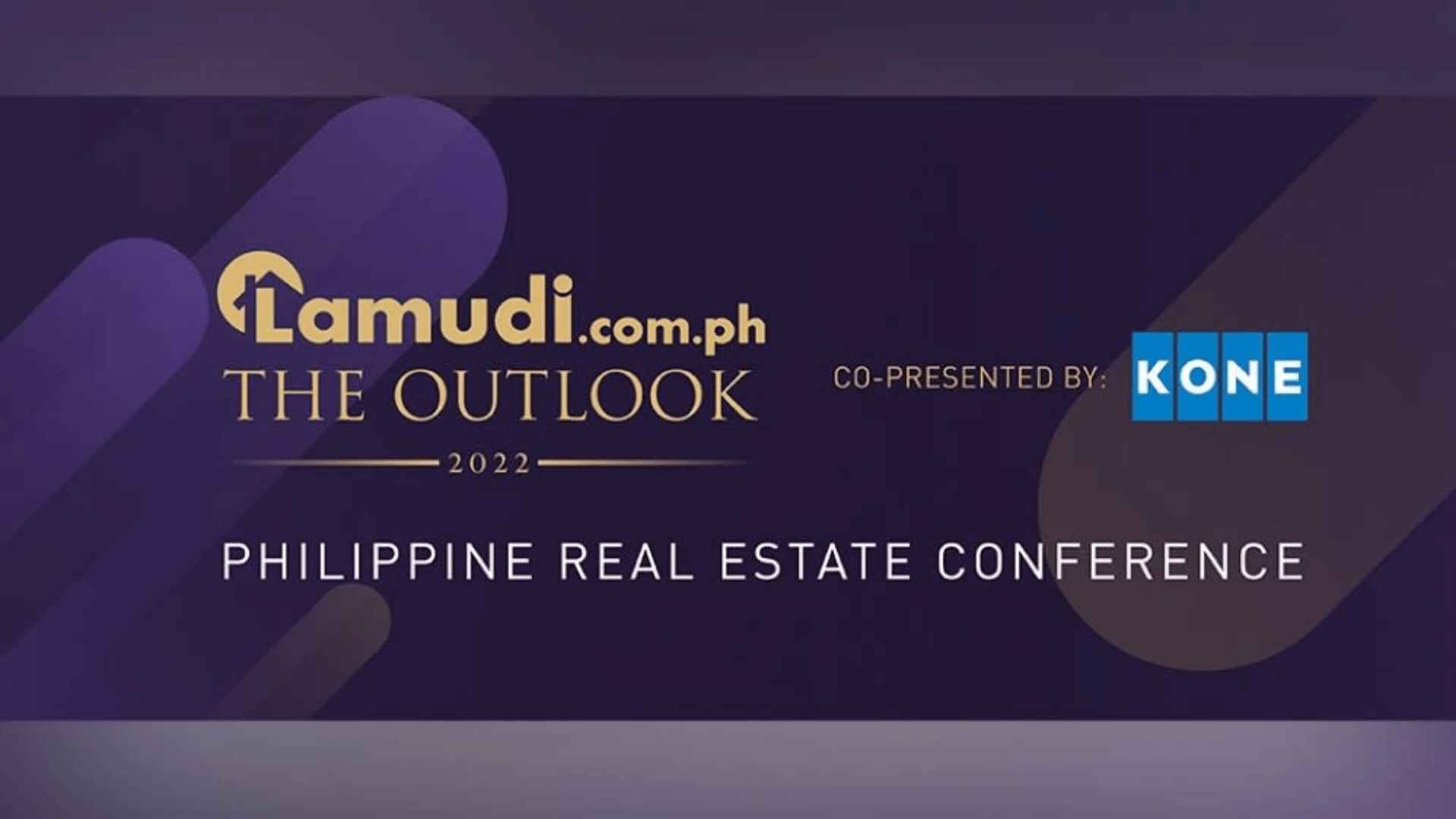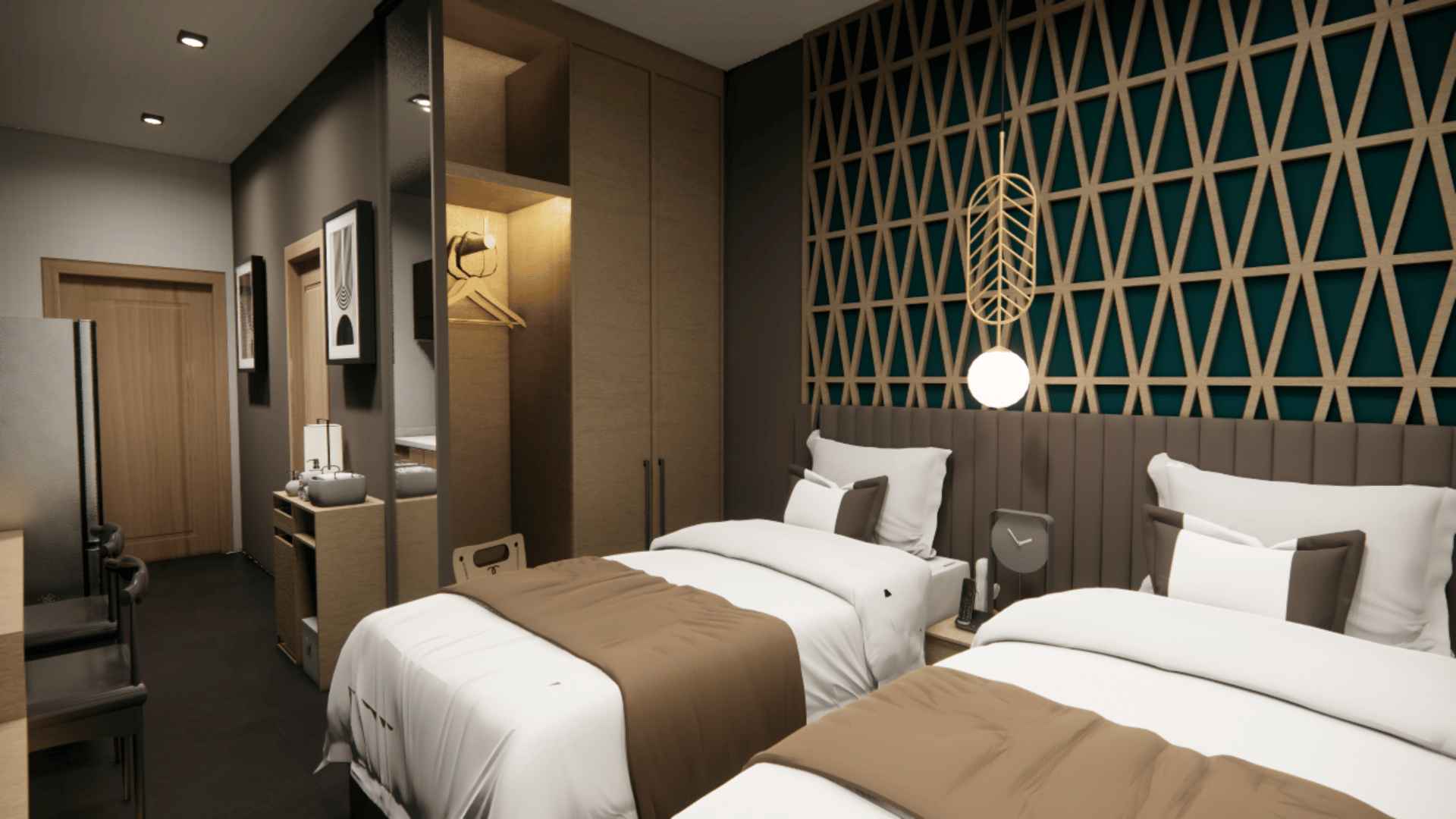Due to consumer demand and the promise of convenience, urban living has undergone significant change in the last few years. The desire for more large remote homes is driving more families and individuals to leave the city, which is quickly having an impact on the real estate market.
Mixed use development offer a network of upscale facilities and infrastructure to residents, following an idealized lifestyle. Do you want to invest in commercial real estate but don't know where to begin? Better yet: are you having trouble determining whether to use for your next investment, a residential or commercial space?
It makes sense that real estate investors, tenants, and business owners find mixed-use developments to be so alluring. Speak with a professional and assess your real estate holdings; you might want to consider including a mixed-use development in your repertoire. What bigger advantage could there be than simultaneously advancing both your career and the community?
Maybe it's time to expand your investment portfolio with a mixed use development projects.
What is a Mixed Use Development?
A property that combines commercial, industrial, residential, and even entertainment uses into one area is known as a mixed use development. A building or an area that has multiple uses combined is referred to as a mixed-use development. The phrase is frequently used to describe developments that mix residential, commercial, and even industrial uses; it can also refer to uses that are institutional, cultural, or include public amenities. A typical description of mixed-use development is walkable and pedestrian-friendly, giving locals more opportunities to live, work, and shop in one area and lowering their reliance on driving.
Even a retail store in a storefront building with one or more apartments above can be considered a mixed use building. It could be a large apartment complex with ground floor shops or offices and maybe an underground parking garage. Alternatively, it's possible that the building incorporates office space into some of the higher floors as well.
A diverse range of customers, including young professionals and seniors, are drawn to mixed-use buildings because they value the convenience of having stores, apartments, eateries, services, and other amenities all within short walking distance. In addition, buyers and renters who value the environment as well as those who respect their sustainability and lack of reliance on automobile traffic find them appealing. Due to their frequent proximity to other community resources like parks, cafes, and schools, mixed use developments are in high demand as places to live.
Investors are drawn to mixed use projects because they offer a variety of revenue streams from both residential and commercial tenants, which lowers the risk in their real estate holdings. Investors can continue to rely on rental income from residential tenants in the event of a downturn in the business sector.
Uses of Mixed Use Developments
The phrase "mixed-use development" can be used to describe a particular development project that combines multiple uses, or it can refer to the general practice of doing so. One kind of mixed-use development is a project that has residential space on the upper floors and retail space on the ground.
In these mixed-use projects, various functions are combined into one structure; typically, more public uses (such as retail) are located at or near ground level, while more private uses (such as offices or housing) are located higher up. Several single-use buildings on the same property or zoning parcel are examples of other mixed-use projects. Others may blend the two forms of mixed-use development—sometimes called "horizontal" and "vertical" mixed-use, respectively—into one pedestrian area.
1. Horizontal Mixed Use Development
A mixed-use area that permits multiple land uses is developed with single-use buildings according to this formula. One example of horizontal mixed-use development would be a small area with buildings, housing offices, hotels, and industrial operations in part.
2. Vertical Mixed Use Development
Compared to the horizontal mixed use development formula, this is the opposite. Rather than being completely distributed among various buildings, such as offices and homes, the various establishments are combined into one home. Among mixed developments, this is the most prevalent kind. In vertical developments, private or residential spaces are reserved for the upper floors, while the lower floors are used for commercial purposes.
Benefits of Mixed Use Developments
Mixed-use developments offer several advantages from both a housing and socioeconomic standpoint. Residential neighborhoods become more varied as a result of these projects, giving prospective homeowners and renters more options. Developments with mixed uses, particularly in populated or undeveloped areas, can help local economies as well.
Here are the main benefits of mixed use development:
1. Local economic growth
Employing mixed-use developments helps neighborhood businesses draw more customers. The majority of people enjoy mixed use structure because they make it easy to live, work, and shop. Compared to standalone stores, mixed use development project have the ability to draw a great deal of interest and foot traffic in addition to catering to both a residential and commercial audience. Additionally, residents—including those who live in the mixed-use building—often benefit from recurring spending by mixed-use retail tenants.
Mixed use development projects are ideal for residential redevelopers, also referred to as real estate investors, because they offer prospects for additional development as well as revenue streams from both commercial and residential tenants.
2. Social Connectivity
When various uses are combined, like office and residential space, people won't have to travel as much. When mixed use development is used, there is increased social connectivity with parks, plazas, sidewalks, and other amenities.
3. Good property management
The advantages of improved property management are another factor contributing to the rise in mixed-use developments. Mixed use developments consist of a combination of commercial, industrial, and residential spaces. Therefore, in order to meet the various needs of the entire community, a competent management service company is usually required. These advantages usually consist of better tenants, shorter vacancy cycles, enhanced procedures, and better support.
4. Existing amenities
The location of mixed-use developments is perhaps their most alluring feature. These properties are typically found in crowded neighborhoods close to amenities like parks, schools, and libraries. Mixed-use developments leverage these trends to create inclusive and connected communities, as modern homebuyers strongly prefer central locations with easy access to city amenities.
5. Opportunity for investors
Mixed-use developments are useful if you are an investor who has always considered making development projects in various industries, such as commercial and residential. This suggests that you can draw in both residential and business customers, which makes it simple to lower risk as no single significant tenant has the potential to adversely affect the business. There will also be a rise in income.
The future of property ownership in the Philippines lies in mixed-use developments. For those who want to be able to afford their own home without relocating too far from their place of employment or giving up the city's amenities and leisure, these developments are ideal. One benefit of living in a mixed-use development is that residents can enjoy watching their property investments appreciate in value while living in their ideal neighborhood.







